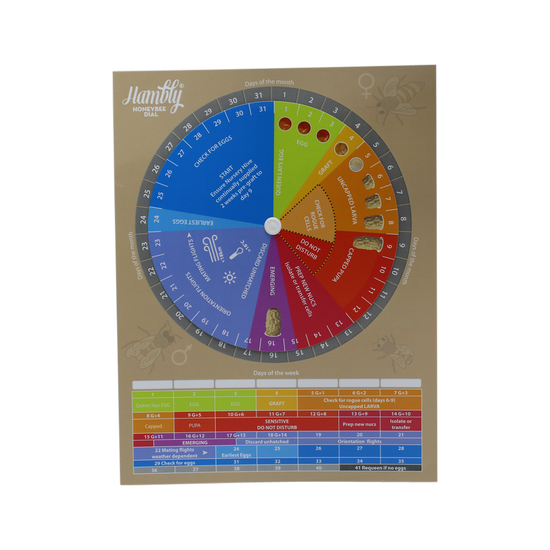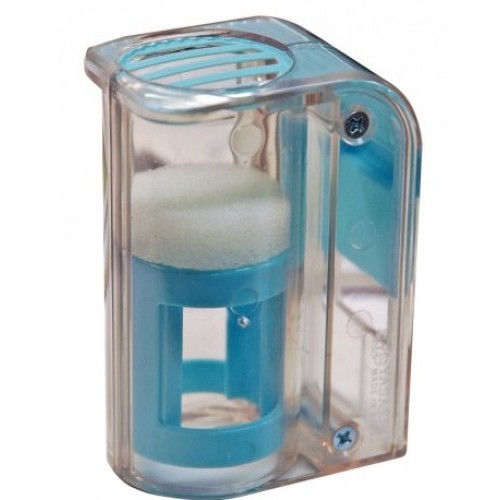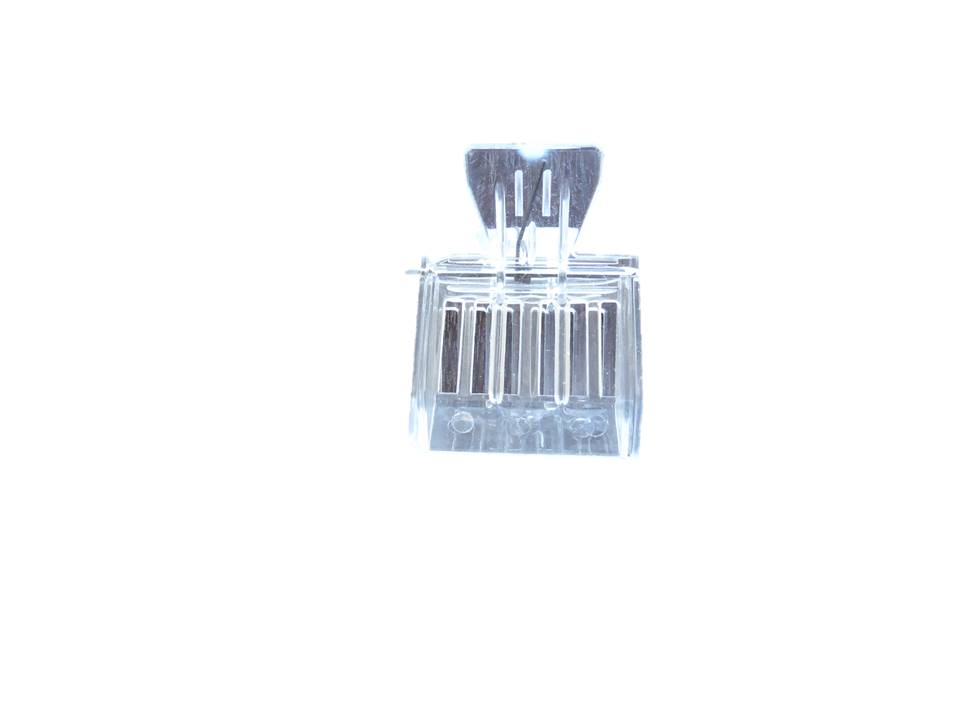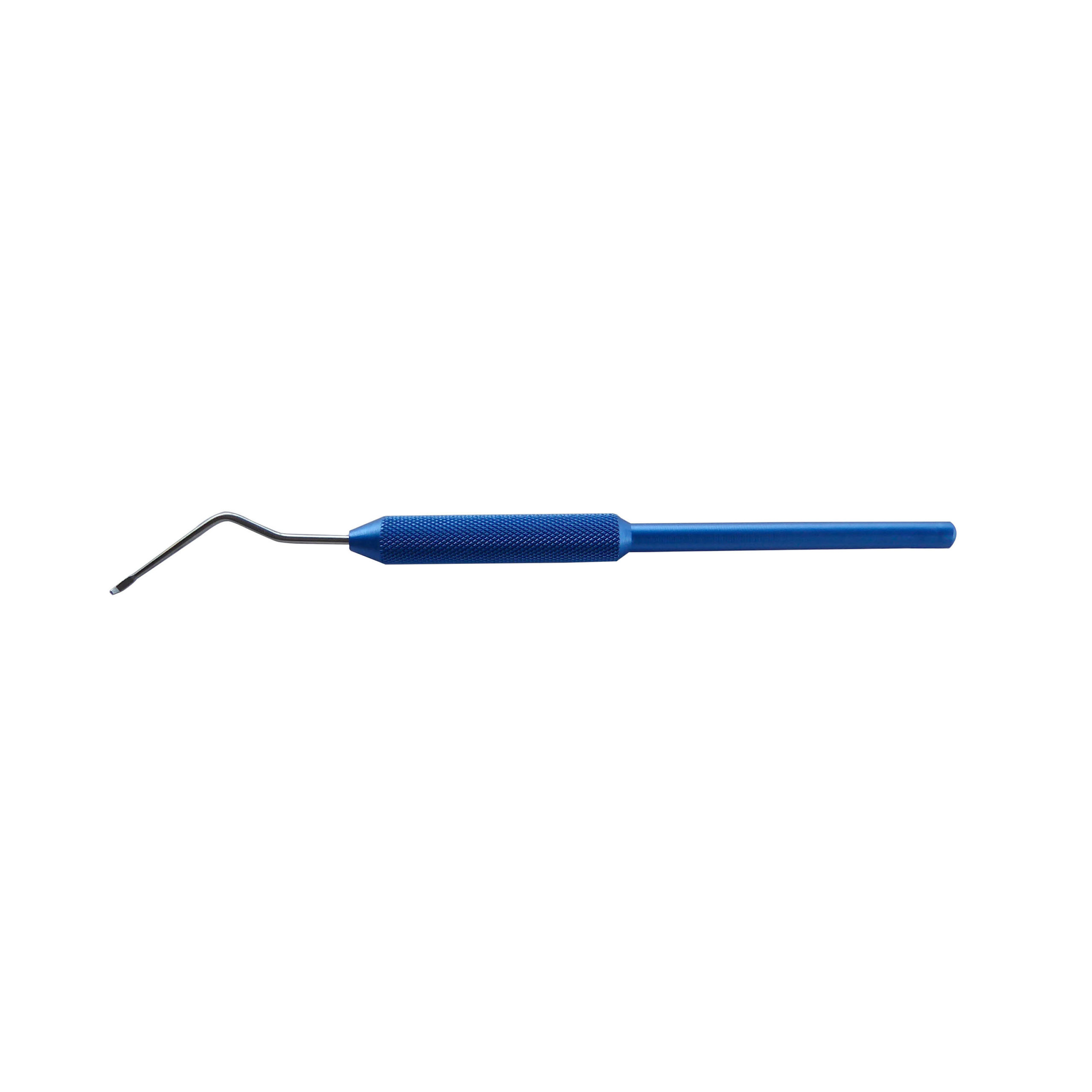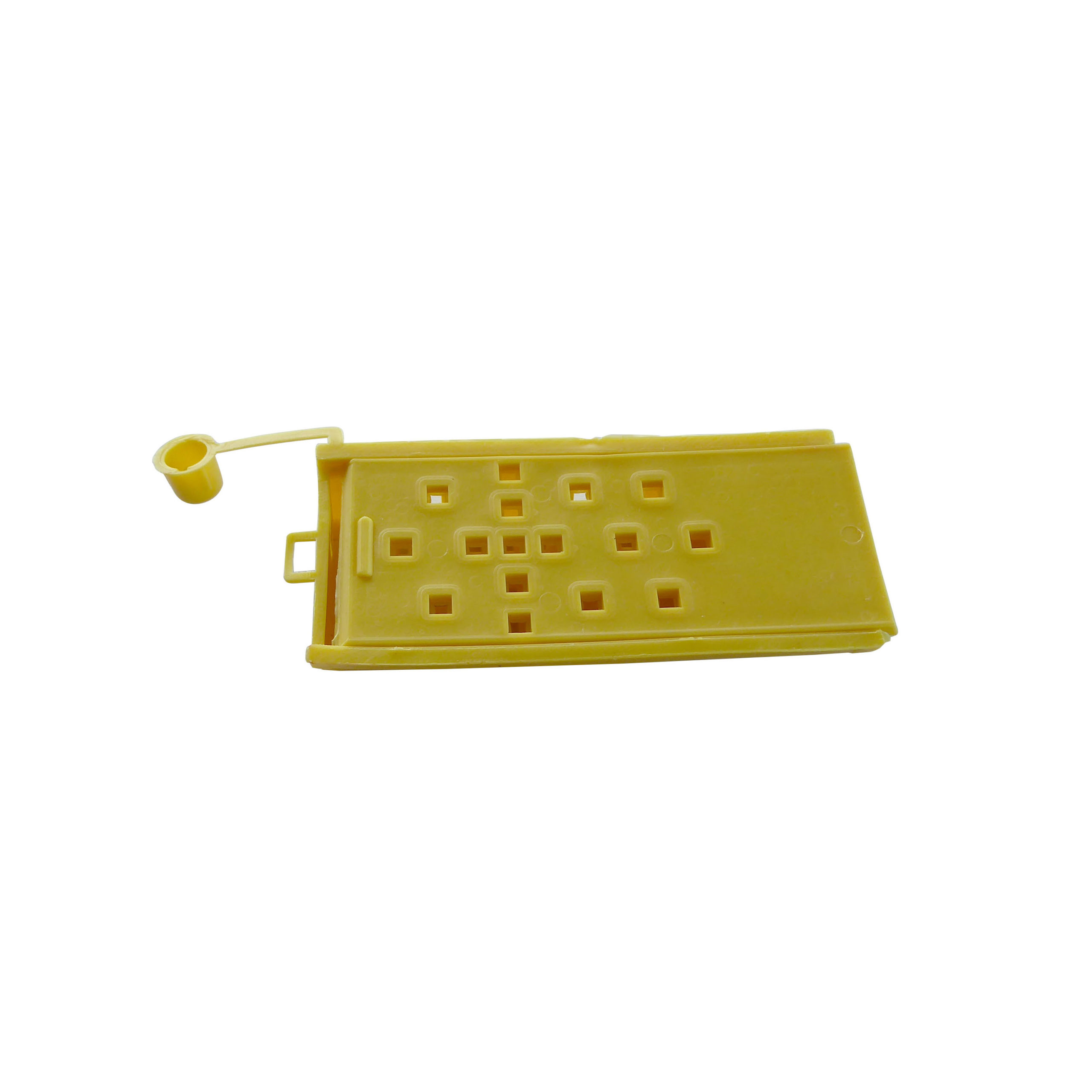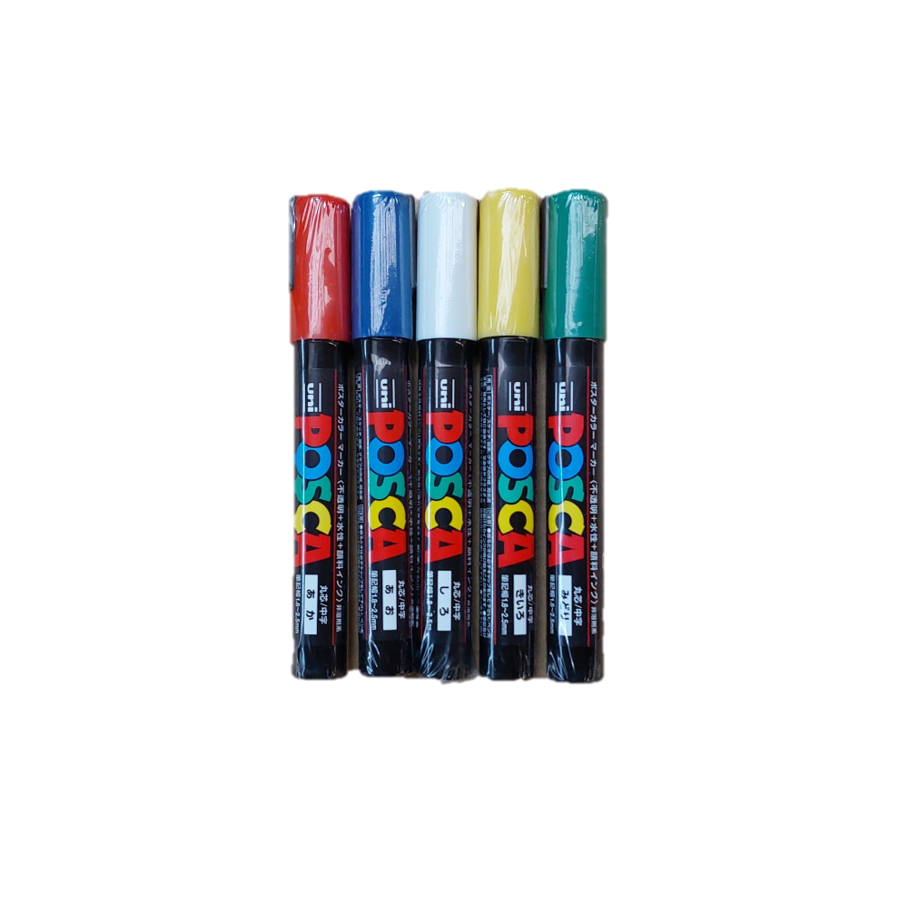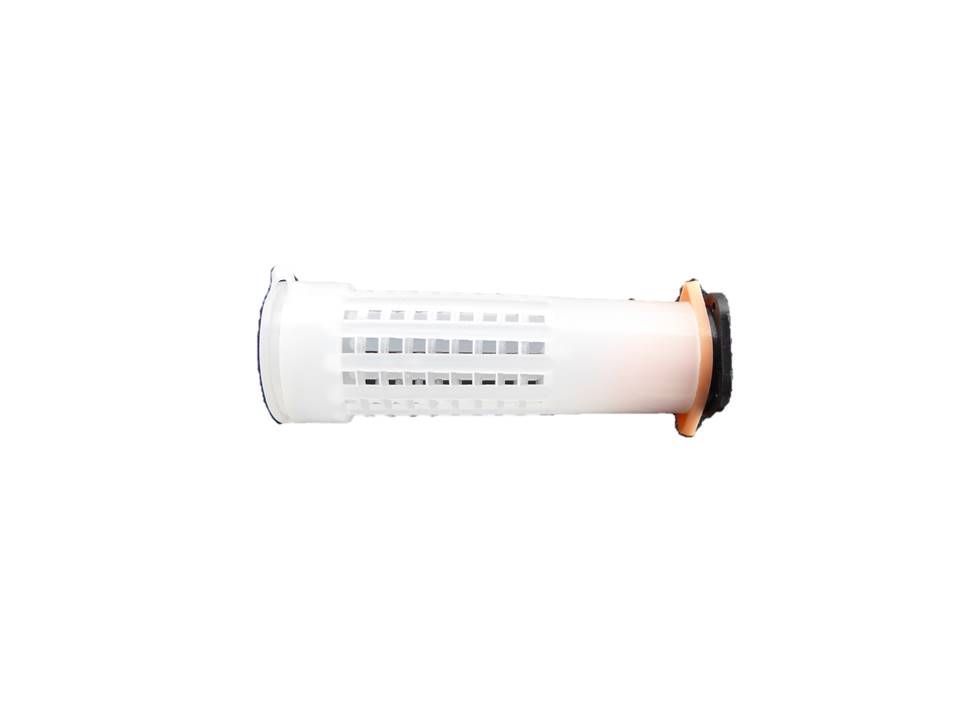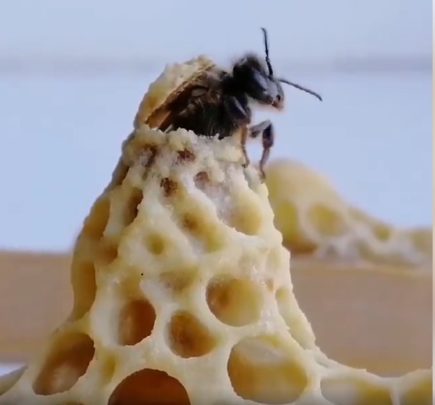
Click the link below to watch an amazing video of a queen emerging:
https://www.facebook.com/beeawarenz/posts/1524080724419167 Queen raising is a fascinating as well as an important part of beekeeping.- The queen should be replaced every two years to ensure the healthy growth of the hive. This will also reduce problems with swarming.
Spend time researching the theory and finding out all you can before you start your queen raising adventure.
Hive World's queen-rearing products will then enable you to undertake this interesting task with confidence. We recommend the Hambly Queen Dial as an invaluable educational tool to assist you on the path to success.We have two methods of queen breeding available.
- The traditional grafting tool is used to transfer the larvae into queen cell cups. The larvae should be less than 24 hours old in order to produce the strongest queens. Grafting is the oldest and most universally used method of queen rearing.
- The second method is the nicot style kit. This way, the queen is locked in the cage and lays directly in the cups thereby avoiding the need of grafting. There is a certain amount of setting up to do in this method, however less ongoing supervision is needed. We have a video which will provide you with all the information you need. https://youtu.be/lxTJMhg0eac
Nicot type queen rearing kit
$69.50
This kit contains all you need to successfully carry out your own breeding without having to graft or handle the larvae as the queen lays directly in the cell cups provided. You can successfully introduce a new queen to your colony as by the time the workers have eaten their way through the candy *(fondant) to release her they will be used to her. The brood she lays will be loyal to her as well. Watch the video on the link below to gain an understanding of what you need to do to successfully raise queens by this method.
Kit contains –
- 1 Cupularvae cell grid
- 110 brown cell cups
- 10 brown cell fixtures
- 10 yellow cell cup holders
- 10 hair roller cages
Please Note: Replacement bags of the brown cell cups are available.
*A good recipe for queen candy is given in the “Practical Beekeeping in New Zealand” by Andrew Matheson and Murray Reid. We have included it in our Queen Mailing cage description. See link: https://www.hiveworld.co.nz/product/queen-mailing-cage/
Queen Bee Grafting Tool
$2.60 – $6.17
Hive World’s Queen Grafting Tool with good grip aluminium handle for easy use with either left or right hand.
Fine stainless-steel tip so as to not damage the larvae and ensure precision grafting.
Grafting is a precision skill that requires a steady hand, excellent eyesight, determination and a lot of practise to perfect. The idea is to graft the honeybee larvae with the royal jelly to enable production of a queen. Our Queen Grafting Tool is an excellent product developed to aid you in this fascinating and rewarding task.
Queen Mailing Cage
$0.44 – $4.35
The Queen Mailing Cage is a re-usable cage complete with candy*/attendant chamber.
When introducing a new queen to your colony it is essential to give the bees time to get to know her before she is set free. This minimises the chances of rejection. The flat shape allows you to place the cage between two frames which maximises her contact with the colony. It is also an easy, safe way of transporting your queen when necessary.
*A good recipe for queen candy (fondant) is given in “Practical Beekeeping in New Zealand” by Andrew Matheson and Murray Reid as follows:
Mix 2.3kg of granulated sugar, one litre of water and 1/4 teaspoon tartaric acid. Bring to boil and simmer very slowly for 30 minutes. Allow syrup to cool but while still warm mix with piping sugar (a non-starch icing sugar available from some cake decorators/bakers) – one part syrup to five parts piping sugar. Add 3 or 4 drops of glycerine. Knead with extra piping sugar to achieve a soft consistency. (Softer than the equivalent honey candy). Store in refrigerator in airtight plastic bags until needed.
N.B.: There is some controversy whether or not icing sugar containing starch should be used – as in many things about beekeeping, some beekeepers have done it for years with no harm to their bees.
Available in a multi-pack of 15 for economy.
Queen marking pen
$8.26
The Posca marking pen is quick drying and low odour.
This is the easiest way to mark your queen, just a small spot on her thorax and you’re done. Easily stored in your Hive World tool belt.
Using the following international colour code means you can quickly identify the age of your queen.
Year ending in:
0 or 5 Blue/ 1 or 6 White/ 2 or 7 Yellow/ 3 or 8 Red/ 4 or 9 Green
All colours are available in stock. Please specify your colour choice at checkout.
Queen Rearing Kit (Simple)
$1.74
Hive World’s queen rearing cage with holder and support: This joint unit can be used as an introduction cage for colonies requiring re-queening.
The round queen cage with stopper fixes onto the cell cup holder and avoids fighting between hatching queens in incubators. When the queens hatch, the queen cell-cups are removed from the holder and filled with candy and sealed with the stopper. The supports can be nailed side by side on a wooden frame in the hive. The rectangular base on the support allows for a maximum number of cell holders, but still leaves enough room for round queen cages to be placed on. You place the cell-cup holder on the support, then the cell cup and this can all be covered with the round queen cage. Twenty-four hours later the stoppers are removed so that the bees can free their queens.

